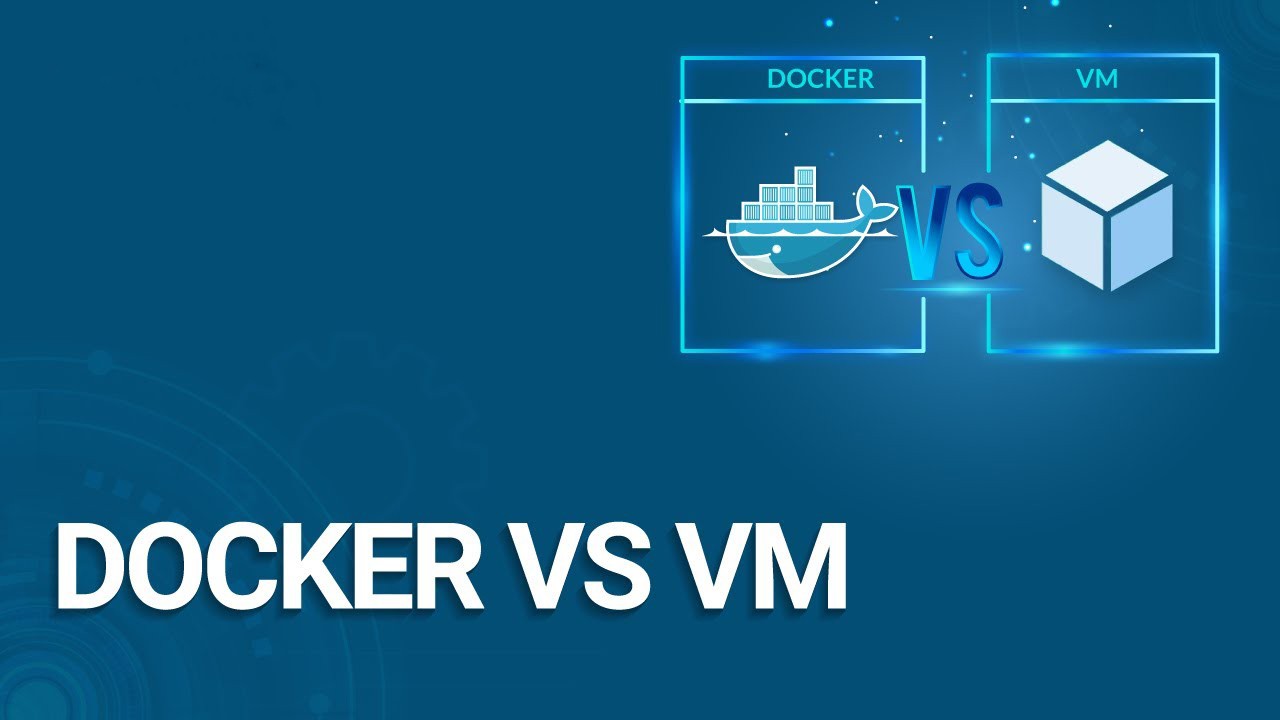Docker Vs virtual machines
Docker and virtual machines (VMs) are two popular solutions for running software applications in isolated environments, but they have significant differences. In this blog post, we will explore the differences between Docker and VMs, their use cases, and their benefits.
Docker
Docker is a containerization platform that allows developers to package their applications and dependencies into portable, lightweight containers that can run on any system with Docker installed. Docker containers provide a consistent and isolated environment for applications, making them easier to deploy and manage across different environments. Docker achieves this by sharing the host operating system (OS) kernel with containers, rather than running a full OS in each container. Docker is often used in development and testing environments, where consistency and ease of deployment are important.
Virtual Machines
A VM is a software emulation of a computer that can run a complete operating system (OS) and application stack. VMs run on a host operating system and provide an isolated environment for applications, similar to Docker containers. However, VMs require a significant amount of overhead because each VM runs a full copy of the operating system, making them less efficient than Docker containers. VMs are often used in production environments, where isolation is important and legacy applications require specific versions of the operating system.
Differences
The main difference between Docker and VMs is that Docker containers share the host OS kernel, while VMs run a full copy of the operating system. This means that Docker containers are more lightweight and efficient than VMs, as they don’t require a separate OS for each container. Docker also provides faster startup times and better performance compared to VMs. VMs, on the other hand, provide complete isolation between the host and guest operating systems, making them more secure and stable.
Another key difference between Docker and VMs is that Docker is used primarily in development and testing environments, while VMs are used in production environments. Docker containers are ideal for developers because they provide a consistent and reproducible environment for applications, making it easier to develop and test applications. VMs are ideal for production environments because they provide complete isolation between applications, ensuring that they don’t interfere with each other.
Use cases
Docker is often used in development and testing environments, where consistency and ease of deployment are important. Docker containers can be easily created and deployed on any system with Docker installed, making it easy to create and test applications in a consistent environment. Docker can also be used in production environments, where containerization provides benefits such as scalability, high availability, and efficient resource utilization.
VMs are often used in production environments, where isolation and security are important. VMs provide complete isolation between applications, ensuring that they don’t interfere with each other. VMs are also used for running legacy applications that require specific versions of the operating system.
Benefits
The benefits of Docker include:
- Consistent environments across development, testing, and production.
- Easy application deployment and scalability.
- Reduced infrastructure costs and resource utilization.
The benefits of VMs include:
- Complete isolation between applications and the host system.
- Security and stability for production environments.
- Ability to run legacy applications.
In summary, Docker and VMs are both important solutions for running applications in isolated environments, but they have significant differences. Docker containers are more lightweight and efficient than VMs, while VMs provide complete isolation and security for production environments. Choosing the right solution depends on the specific use case and the requirements of the application.









